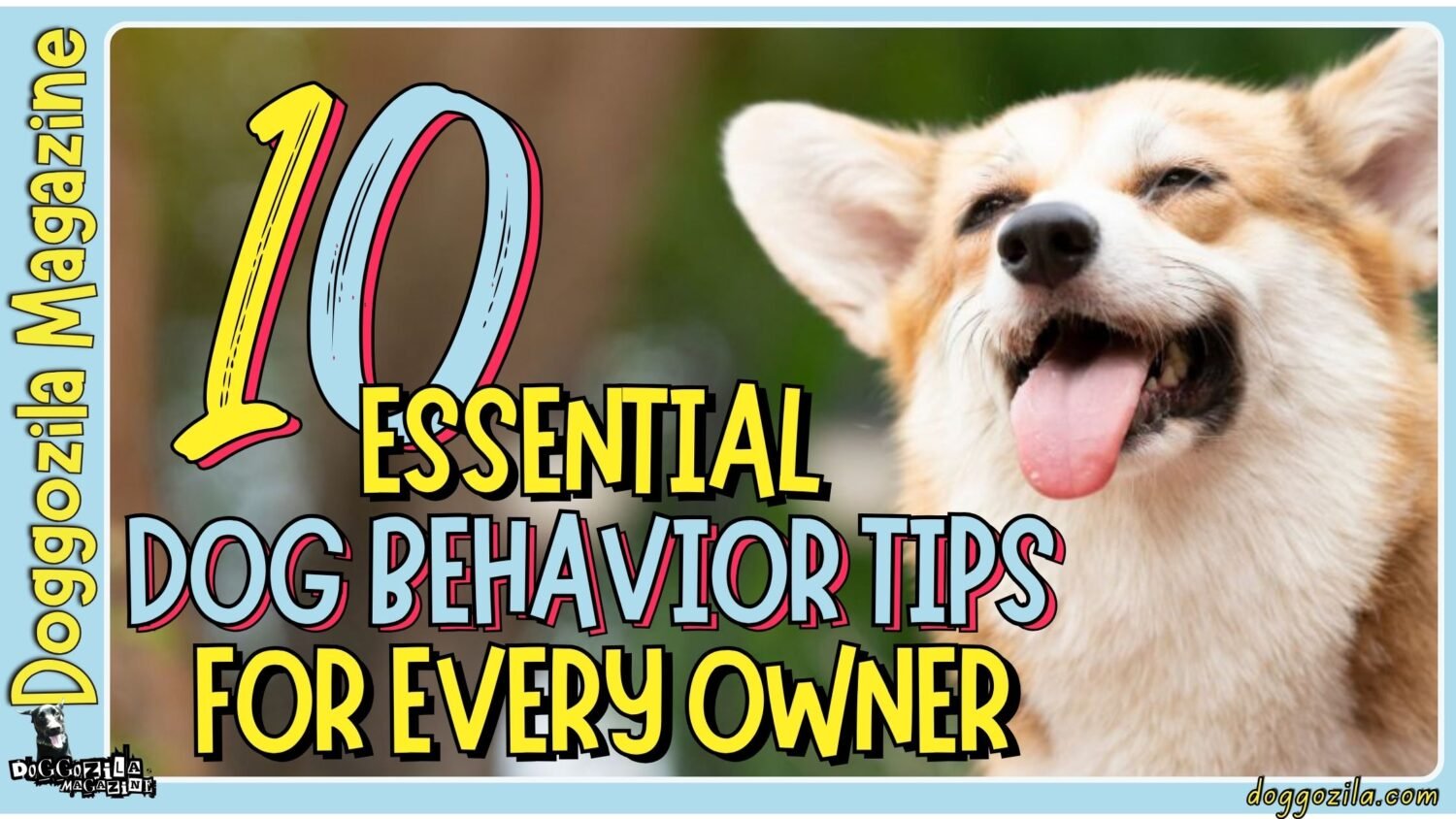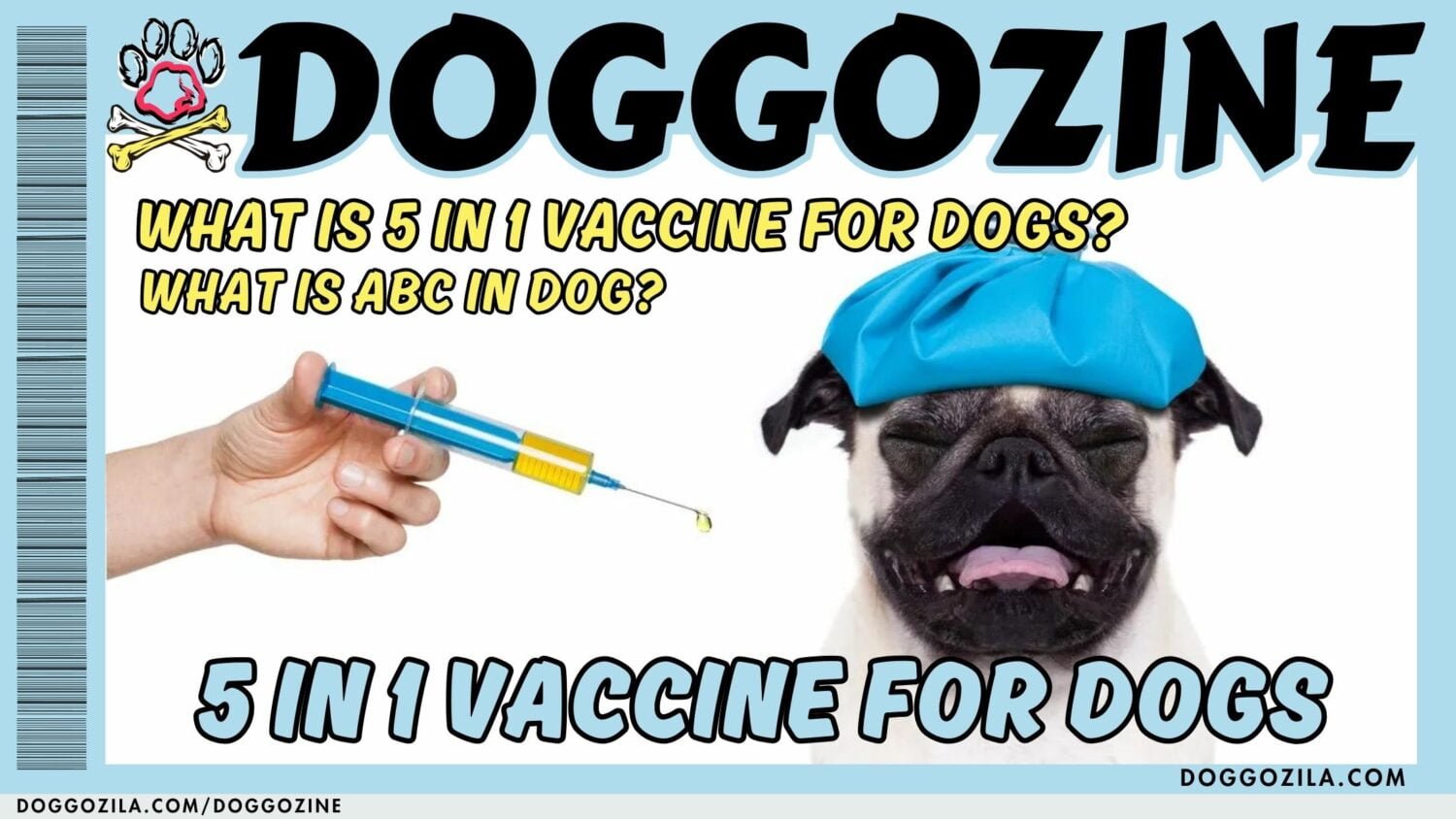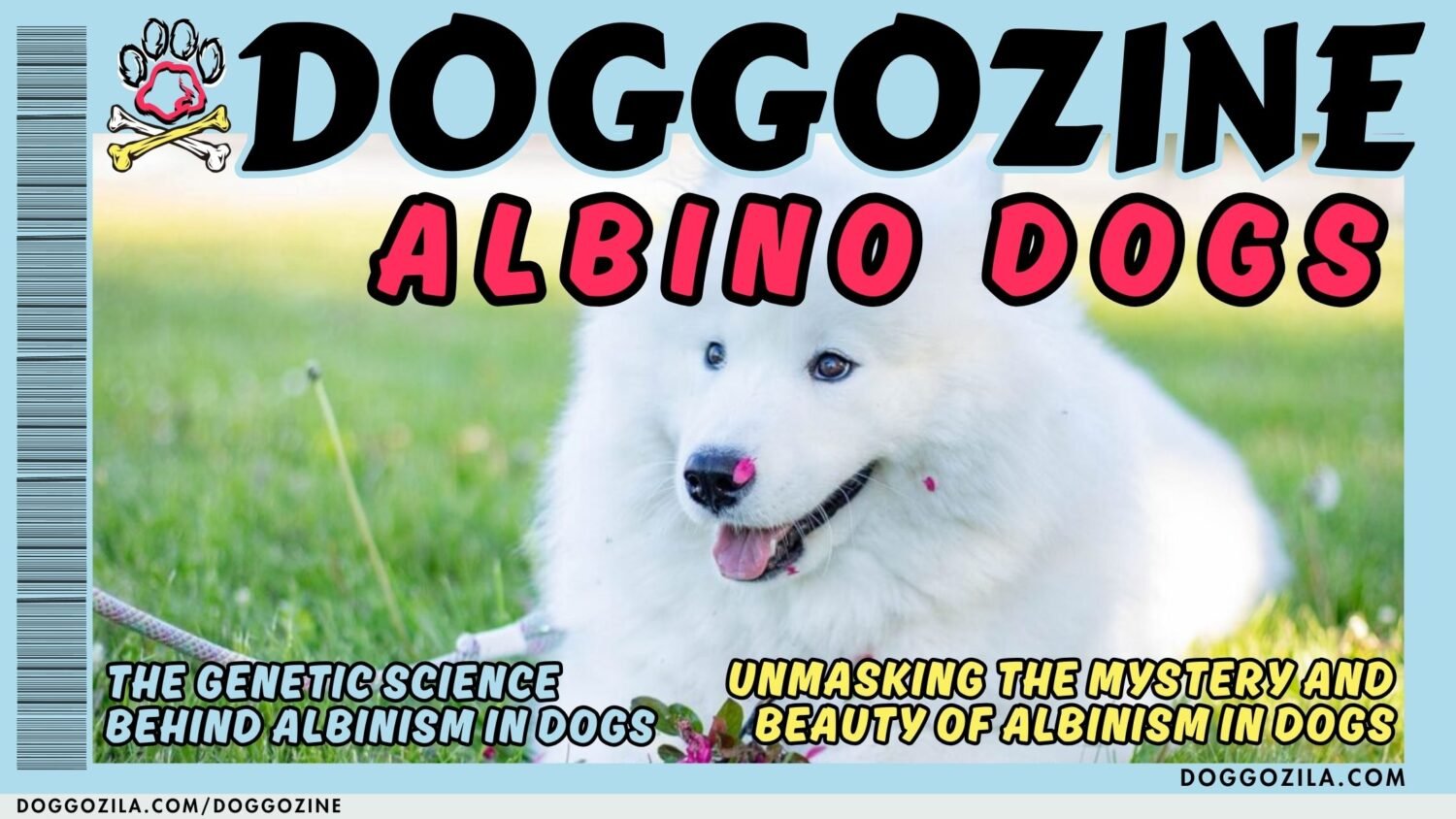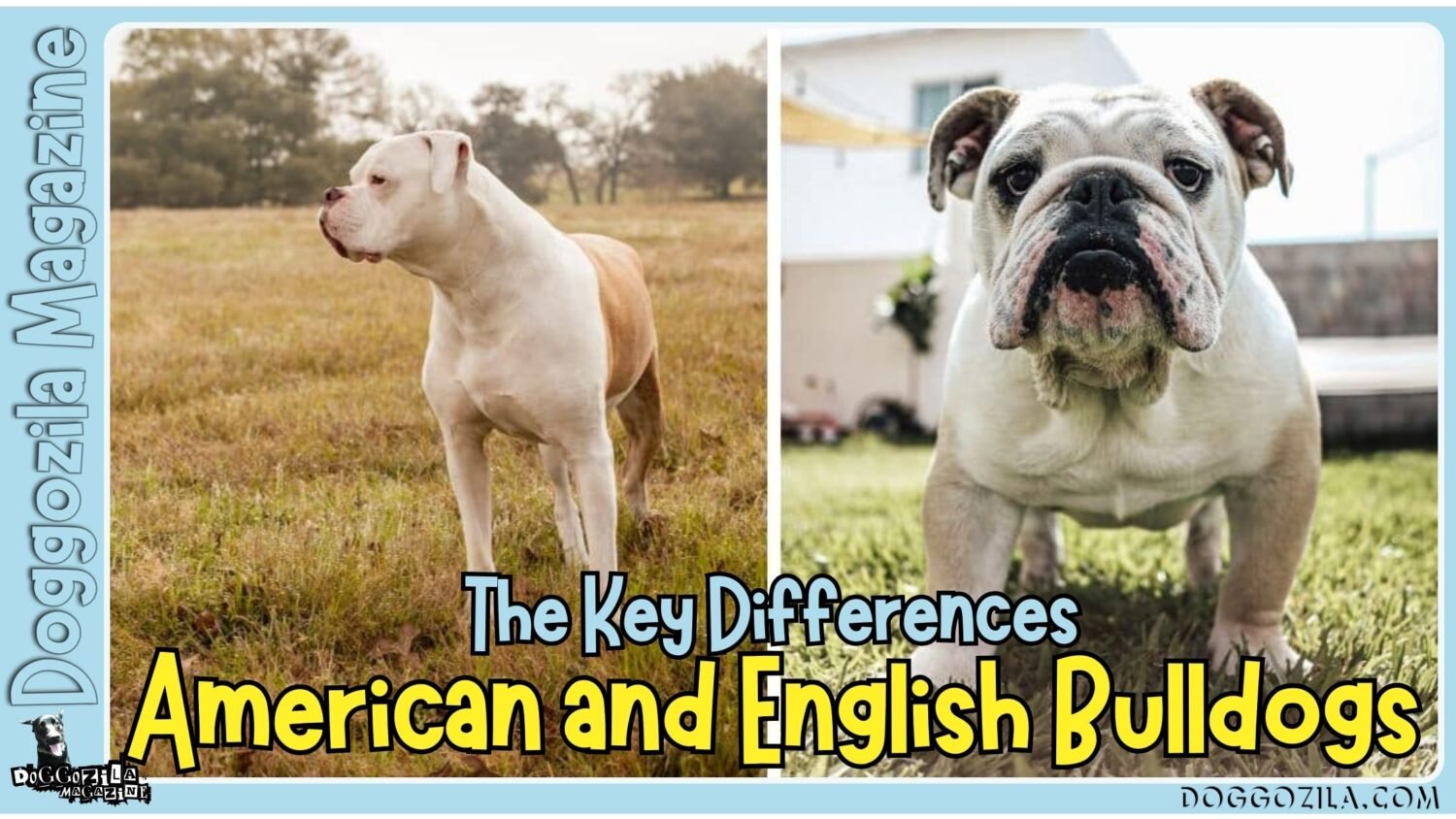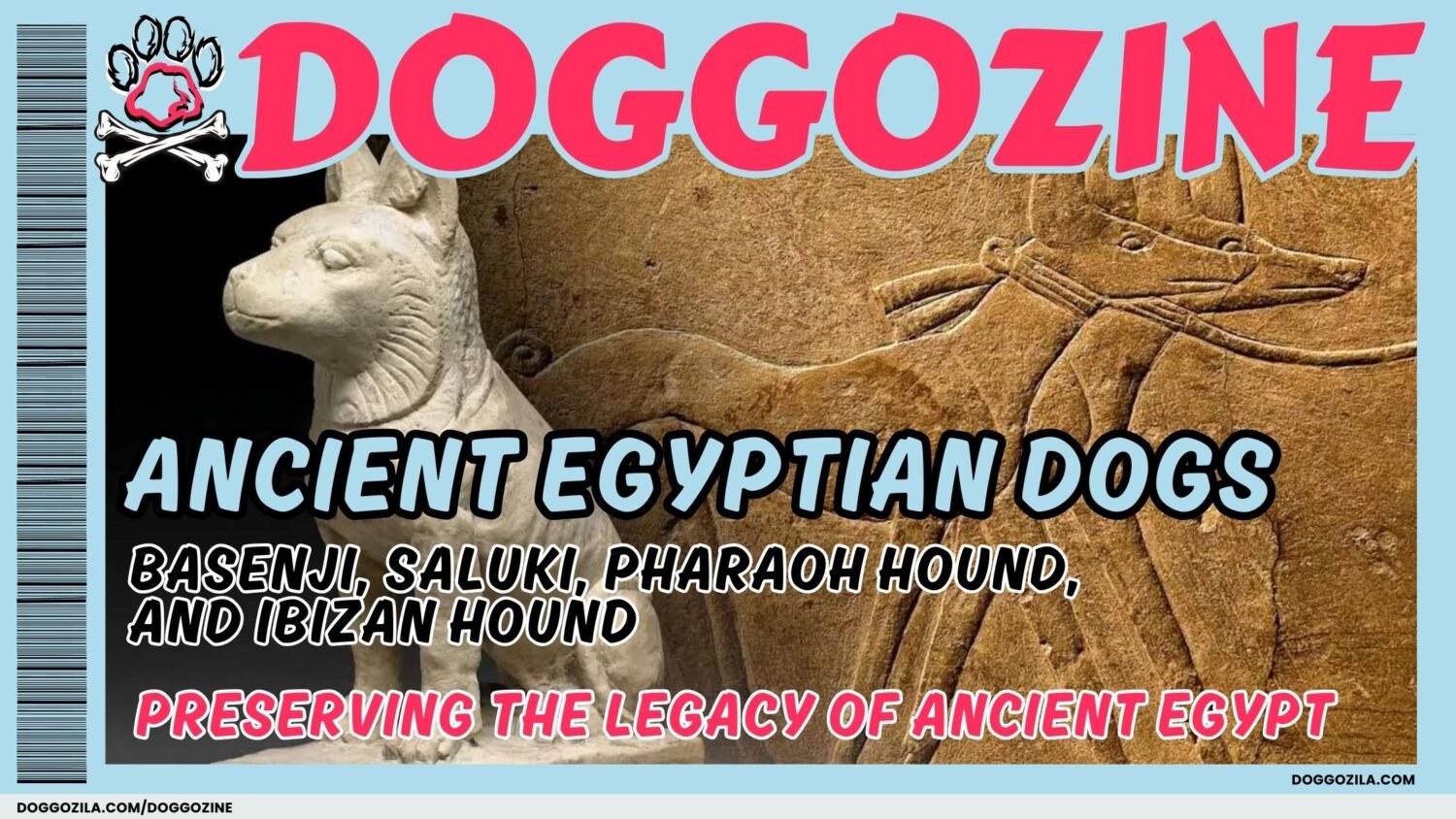Forget bland kibble routines – your dog’s body craves wild-inspired nourishment that ignites their inner wolf. Modern research reveals that ancestral diets rich in varied proteins, organs, and bones unlock unprecedented vitality and disease resistance. Raw or gently cooked whole foods deliver enzymes and amino acids processed diets destroy, turning mealtime into biological alchemy. Learning how to boost your dog health naturally starts at the bowl, where every bite rebuilds cells from the inside out.
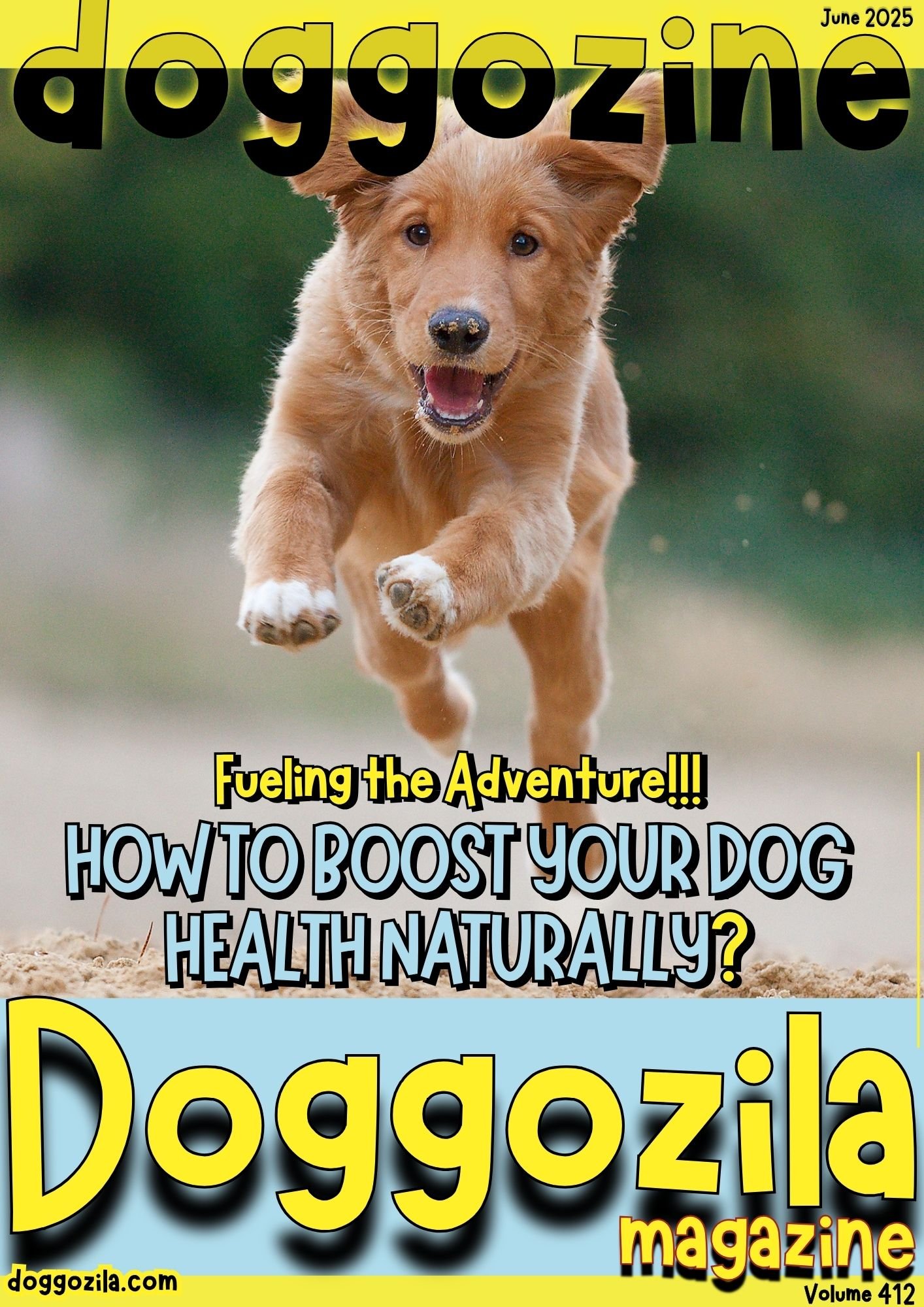
THE BENEFITS OF WHOLE FOODS: HOW TO BOOST YOUR DOG HEALTH NATURALLY
Embarking on a journey through whole foods offers more than just a meal plan for your canine companion. It invites a vibrant palette of nutrients that can transform energy levels, coat quality, and digestive ease. Whole foods act as nature’s cookbook, packed with bioavailable vitamins and minerals that factory-made kibble often lacks.
As you dive into garden-fresh veggies, ripe fruits, and lean proteins, your pup experiences flavor and nourishment at their best.
How to Understand Nutrient Density To Boost Your Dog Health Naturally?
When we talk about nutrient density in dog foods and treats, we’re referring to the concentration of vitamins, minerals, and antioxidants per bite. A single spoonful of homemade broth enriched with kale and sweet potato can pack more micronutrients than a cup of generic kibble.
In a small-scale trial at the University of Maine, senior dogs fed nutrient-rich slurries demonstrated a 15 percent improvement in coat sheen and mobility over twelve weeks. Nutrient density isn’t just about raw numbers; it’s how your pup’s body absorbs and utilizes those elements to fuel cellular repair and immune defenses.
By prioritizing foods with a high nutrient-to-calorie ratio, you avoid empty fillers and give your dog the essential building blocks for life. Keep in mind that rotating ingredients seasonally can maximize bioavailability and introduce a spectrum of phytonutrients that mimic a wild diet. Embrace nutrient density as both science and art, blending research insights with kitchen creativity for tail-wagging results.
Why Sourcing Organic Ingredients In Your Kitchen To Boost Your Dog Health Naturally is Important?
When you head to the farmer’s market or your local co-op, scout out produce that’s free of pesticides and herbicides to shield your pup from hidden toxins. Organic chicken or turkey, when used as a primary protein source, can supply clean amino acids without the risk of antibiotic residues common in mass-produced meats.
A case study in North Carolina tracked a litter of puppies whose diet incorporated certified organic peas, carrots, and blueberries, revealing stronger bone density measurements by week eight. Remember that ‘organic’ labels can sometimes be misapplied, so always verify third-party certifications and prioritize smaller farms with transparent practices.
By investing in high-grade ingredients—and even considering grow-your-own microgreens for a backyard boost—you’re steering your dog’s diet toward pure, unprocessed excellence. Treat every ingredient selection like a mini-expedition, and watch as your pup devours each bite with renewed vigor and vibrant health.
Why to Balance Macro And Micronutrients For Your Dog Vitality?
Just like human athletes, dogs require an intricate mix of proteins, fats, and carbohydrates to power their daily feats of agility and play. Proteins should account for roughly 25 to 30 percent of a healthy adult dog’s calorie intake, sourced from lean meats, fish, or plant-based alternatives for sensitive pups.
Fats, especially omega-3 and omega-6 fatty acids, act as high-octane fuel for cell membranes and help maintain a glossy coat and supple skin. Carbohydrates from whole grains, root veggies, and certain fruits provide steady energy release, preventing the sugar crashes that can lead to cranky canine behavior.
In parallel, micronutrients like zinc, iodine, and vitamin E support everything from thyroid function to wound healing at levels that conventional foods often overlook. A thoughtful daily formula—tailored for breed size, age, and activity level—keeps every cell humming, turning your dog’s body into a finely tuned wellness machine.
Rebalance periodically through seasonal tweaks or vet consultations to ensure your furry friend thrives through puppyhood, maturity, and the golden years.
🔑 Key Points: Whole foods offer bioavailable nutrients that processed kibble often lacks, improving energy levels, coat quality, and digestion.
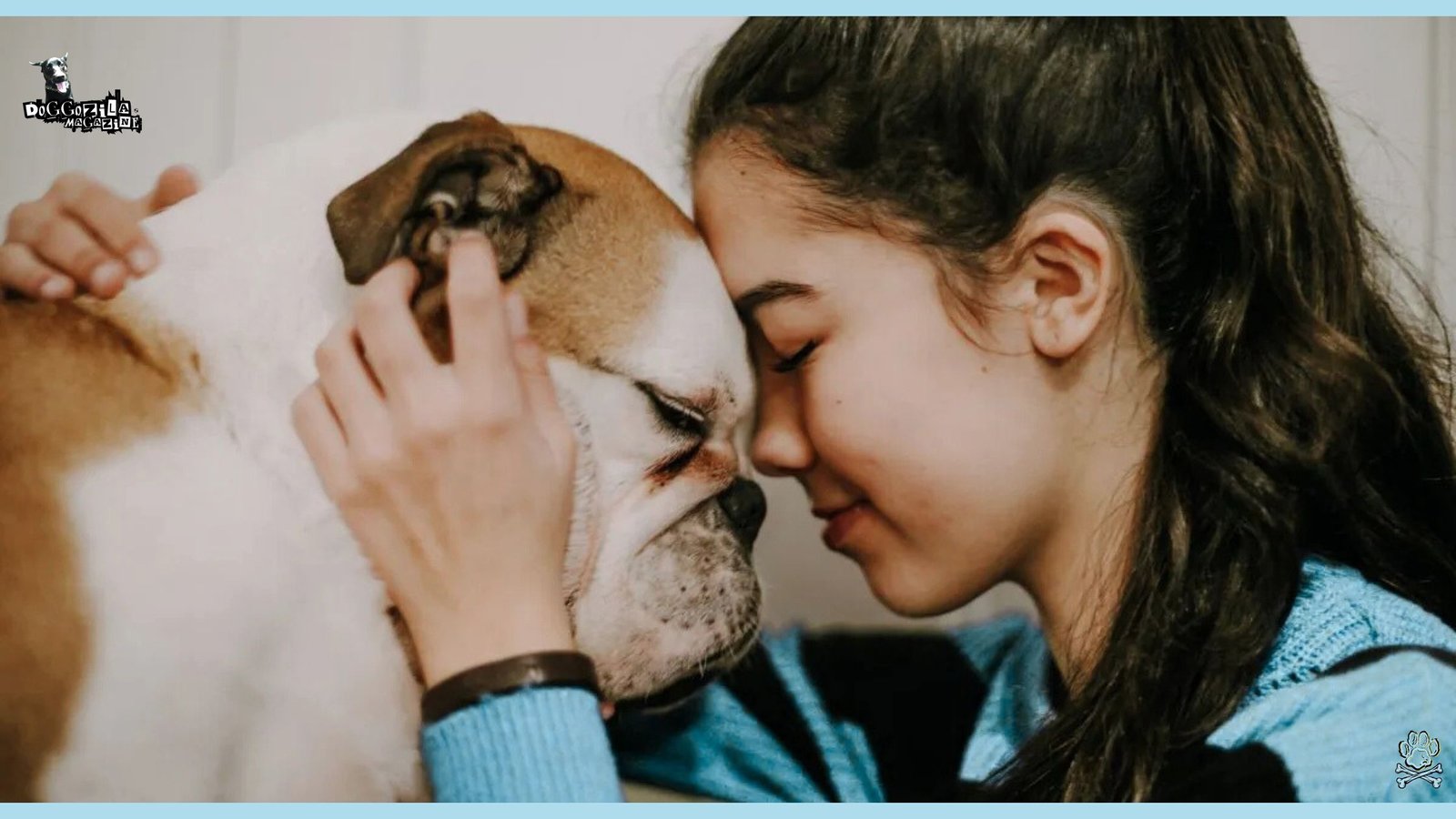
ADVENTURE THROUGH SUPPLEMENTS TO BOOST YOUR DOG HEALTH NATURALLY WITH SMART CHOICES
Venturing beyond the food bowl, high-quality supplements can elevate your pup’s wellness game to new heights. When you pair essential vitamins, minerals, and fatty acids with fun flavors, dosing becomes a treat instead of a chore. This guide cracks open the vault on supplementation secrets that even the savviest dog parents might have missed.
Cutting-edge research shows that the right supplement blend can support joint mobility, cognitive function, and skin resilience over time.
How to Choose Vitamins And Minerals Wisely To Boost Your Dog Health Naturally?
Navigating the supplement aisle can feel like decoding ancient hieroglyphs, but understanding essential micronutrients unlocks your pup’s health potential. Calcium and phosphorus must dance in a precise 1-to-1.2 ratio to maintain strong bones and healthy teeth, especially in growing puppies. Vitamin D regulates calcium absorption, and without the right balance, even creamy cottage cheese treats won’t translate to bone strength.
Meanwhile, trace elements like manganese and copper play silent but critical roles in enzyme reactions and antioxidant defenses. Consult with a veterinary nutritionist or review peer-reviewed papers to pinpoint dosages that meet your dog’s unique profile instead of relying on one-size-fits-all formulas.
When you choose supplements with clear labels, proven bioavailability, and no synthetic fillers, you give your dog’s physiology the building blocks for every cellular process. The key lies in precision—too much of a ‘good’ vitamin can backfire, so meticulous selection and consultation are your best defense against guesswork.
Why Incorporating Omega Fatty Acids For Shining Coats and to Boost Your Dog Health Naturally is Important?
Omega-3 and omega-6 fatty acids are prized for their ability to moisturize skin from the inside out, reducing scratching and hot spots. Fish oils derived from anchovies or sardines provide DHA and EPA, molecules that dampen inflammation and support cognitive function in senior dogs. Flaxseed and chia seeds can be a plant-based alternative for sensitive pups, though they require proper grinding for optimal absorption.
In a double-blind study at the University of Colorado, dogs receiving daily fish oil supplements experienced a 22 percent reduction in joint pain markers after six weeks. For a playful twist, blend oils into homemade chilled pup-sicles with yogurt and mashed berries to hide the flavor and cool your dog on hot days. Always check for peroxide values on oil packaging—oxidized fats can do more harm than good, so freshness is non-negotiable for fur-flipping shine.
How to Understand Dosage And Quality In Dog Supplements?
When supplements flood the market with bold claims and flashy packaging, it’s easy to overlook the nuances of concentration and purity. Look for GMP certification and third-party testing to ensure you’re not sneaking in heavy metals or undisclosed fillers that may harm your pup.
Dosage guidelines should be tailored by weight, age, and health status, rather than based on generic daily values designed for human supplements. For example, an athletic border collie will need more joint support from glucosamine than a sedentary older basset hound.
Keep a journal to monitor any side effects, from digestive upset to allergic responses, when you introduce a new supplement into the mix. With precise dosing, you transform guesswork into a calibrated plan that propels your dog’s natural health forward in leaps and bounds.
🔑 Key Points: High nutrient-to-calorie ratios in foods like homemade broth and organ meats support cellular repair and immune function better than generic kibble.
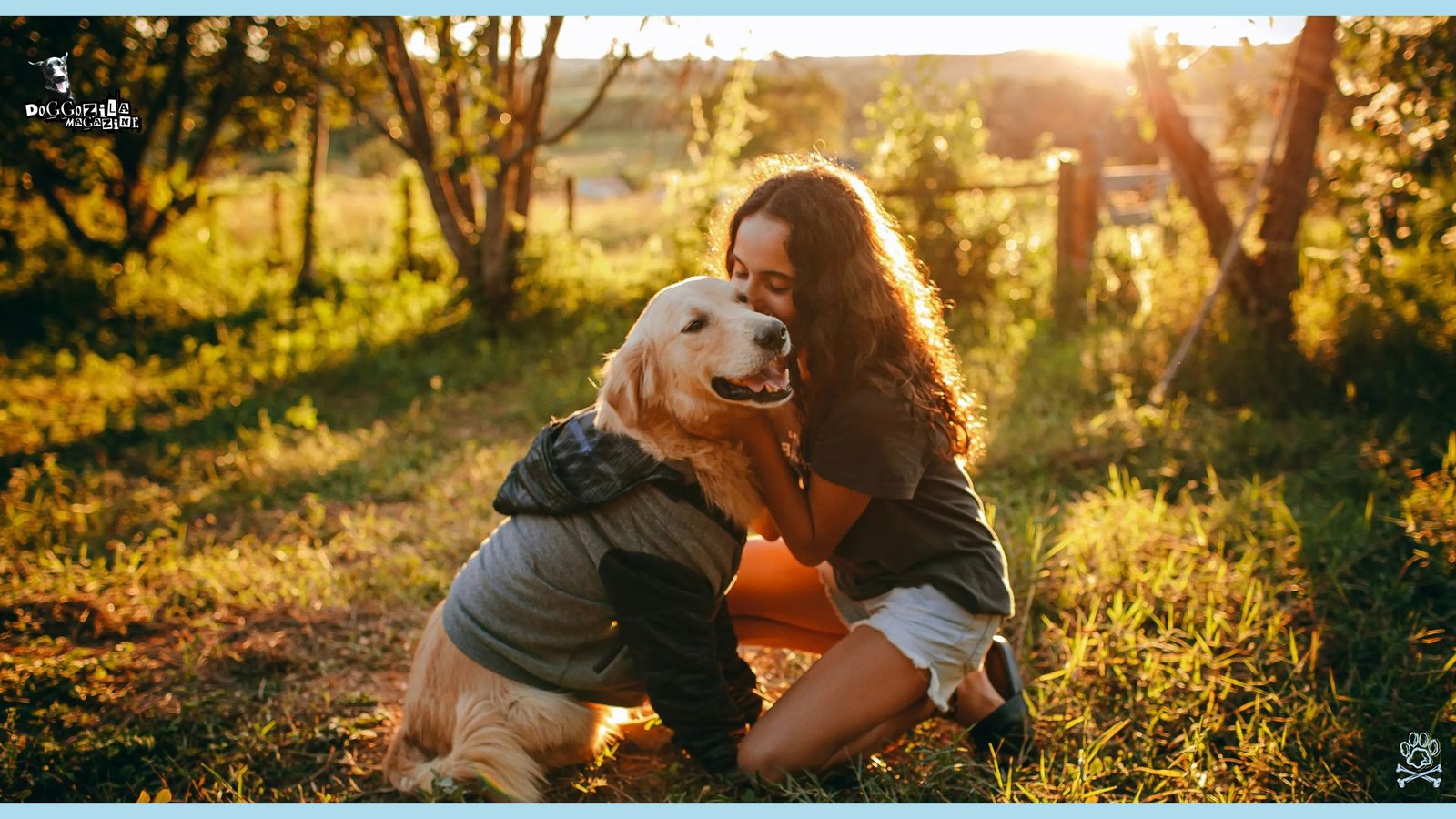
HOW TO HARNESS THE POWER OF EXERCISE TO BOOST YOUR DOG HEALTH NATURALLY IN ALL DAILY ROUTINES?
From sunrise walks to sunset sprints, regular activity is the backbone of a happy pup. Movement not only sculpts muscular strength but also sharpens mental agility, preventing boredom and anxiety. This blueprint for canine cardio unlocks endurance, flexibility, and that irresistible puppy bounce in dogs of all ages.
By weaving play sessions, fetch marathons, and agility drills into your schedule, you transform exercise into an exciting adventure.
How to Design Daily Walk Routines To Boost Your Dog Health Naturally?
Crafting the ideal walk isn’t just about clocking miles; it’s a choreographed experience that blends stamina-building strides with keen sniffing detours. Aim for varied terrain—fields, gravel, mild hills—to challenge different muscle groups and stimulate paw health.
In a behavioral study at Texas A&M, dogs exposed to multisensory walks exhibited a 30 percent decrease in stress-related panting compared to those on monotonous sidewalk routes. Include interval games during your stroll, like sprint-and-return, to rev up heart rates and improve cardiovascular resilience.
Always adjust for your dog’s breed—brachycephalic dogs may need slower pacing and shorter distances, while shepherds might thrive on longer treks. By the end of the week, your pup will view walks as epic quests rather than mere bathroom breaks, forging a bond built on exploration and vitality.
Adventure Sports And Agility Training To Enhance Fitness and Boost Your Dog Health Naturally
Ziplines for canine parkour, indoor tunnels, and high-jump sequences aren’t just for pro competitors; they’re secret weapons for peak physical form. An agility trial in Colorado Springs revealed that participating dogs shaved an average of 0.4 seconds off lap times after just four weeks of structured training.
Water-based activities like dock diving for your dogs add buoyancy support, perfect for heavy breeds needing low-impact options to build muscle mass. Incorporating toys that require dynamic leaps and quick turns enhances proprioception and joint stability, reducing injury risk.
Food-motivated pups respond especially well to obstacle courses where treats are hidden at each station, making training both mentally and physically rewarding. Think of these sessions as cross-training for your dog, merging speed, strength, and brain power into one tail-wagging boot camp.
How to Measure Progress And Adjust Intensity?
When your dog starts tearing down the path with unbridled enthusiasm, it’s tempting to ramp up distances immediately, but pacing is crucial. Use wearable pet trackers or a simple stopwatch to time sprints, pacing themselves in intervals rather than pushing in one marathon push. Monitoring muscle tone, joint flexibility, and post-exercise recovery times provides insight into whether your pup is improving or plateauing.
For breeds predisposed to hip dysplasia or arthritis, consult your vet before increasing intensity and watch for subtle signs of discomfort, like altered gait or reluctance to jump. Adjust sessions gradually, adding no more than 10 percent extra intensity each week to avoid overtraining. By documenting each session in a training log, you can identify when to introduce new challenges or pull back for restorative rest days.
🔑 Key Points: Sourcing organic, pesticide-free ingredients (like meats and vegetables) minimizes hidden toxins and promotes stronger bone density and overall health.

HOW TO BUILD AN IMMUNE FORTRESS TO BOOST YOUR DOG HEALTH NATURALLY OVER TIME
Your dog’s defense system operates like a strategic army, ready to fend off invaders at a moment’s notice. By integrating antioxidants, probiotics, and targeted superfoods, you can fortify this biological shield from the inside out. This immune enhancement roadmap decodes proven techniques to keep your canine warrior in top combat shape.
Real-world case studies reveal that pups on nutrient-dense regimens bounce back faster from seasonal sniffles and recover quicker from minor injuries.
Why to Introduce Superfoods For Immune Support and How To Boost Your Dog Health Naturally?
Superfoods like turmeric, spirulina, and medicinal mushrooms pack a potent punch of antioxidants and anti-inflammatory compounds. In one field trial at Cornell, older dogs supplemented with a daily mushroom-infused kibble mix had measurable decreases in systemic inflammatory markers after eight weeks.
Turmeric’s curcumin compounds can be paired with a small amount of black pepper to increase absorption by up to 2000 percent, mirroring human nutraceutical strategies. Spirulina’s dense chlorophyll content supports detox pathways, helping your dog’s liver process environmental stressors more efficiently.
Blend these superfoods into stews, sprinkle them over treats, or hide them in flavored chew sticks to sneak health benefits into every snack. Although individual tolerance varies, starting with conservative doses and building slowly helps you discover your dog’s sweet spot for supercharged defenses.
How to Leverage Natural Herbs And Botanicals For Defense?
Herb choices like echinacea, elderberry, and chamomile bring unique immunomodulatory and calming properties to the table. Echinacea’s plant compounds have shown antiviral effects in clinical studies, reducing the duration of kennel cough outbreaks by nearly 20 percent.
Elderberry syrups, when prepared properly, can bolster interferon production, a key chemical messenger in your dog’s innate immune response. Chamomile tea infusions soothe the digestive tract and promote restful sleep, giving the immune system much-needed downtime for repair.
Always use veterinary-grade formulations, as potency and purity vary wildly in human herbal supplements. A thoughtful herb rotation every few weeks can prevent tolerance build-up and keep your dog’s defense mechanisms agile.
What is The Role Of Probiotics And Dog Gut Health In Immunity?
Up to 70 percent of an animal’s immune cells reside in the gut-associated lymphoid tissue, making microbial balance crucial for defense. Research at Ohio State University found that puppies given a daily probiotic mix had fewer gastrointestinal infections and less antibiotic reliance in their first year.
Strains like Lactobacillus rhamnosus and Bifidobacterium animalis support intestinal barrier integrity and promote beneficial anti-inflammatory cytokines. Fermented foods such as kefir and properly prepared sauerkraut can introduce live cultures in a palatable way, but must be free of harmful molds.
Probiotic supplements should list colony-forming units (CFUs) in the billions per dose to ensure viability through the stomach acid gauntlet. Consistent administration during stress events—like travel or vet visits—can ward off gut dysbiosis and keep your dog’s systemic defenses in top shape.
🔑 Key Points: Dogs need the right mix of proteins, fats, and carbs, along with micronutrients (zinc, vitamin E, etc.), tailored to their age, breed, and activity level.

HOW TO CREATE A STRESS-FREE ENVIRONMENT AND BOOST YOUR DOG HEALTH NATURALLY AT HOME
Emotional wellbeing is just as critical as nutrition and exercise for your four-legged companion. From calming pheromone diffusers to zen-worthy play zones, crafting a serene atmosphere can melt away anxiety and promote deeper rest. In this chapter, we’ll transform your living space into a canine sanctuary where every wag feels a little lighter.
Thoughtful home adjustments have been shown to reduce cortisol levels in stressed dogs, leading to gentler behavior and improved digestion.
How to Boost Your Dog Health Naturally with Minimizing Stress Through Environmental Enrichment?
Creating a stimulating environment for your dog involves more than tossing a ball in the yard—it’s about crafting sensory experiences that distract and delight. Introduce a rotating selection of chew toys, treat-dispensing puzzles, and scent boxes stuffed with newspaper to awaken your pup’s inner detective.
In behavioral trials at the University of British Columbia, dogs given daily enrichment activities showed a 40 percent drop in destructiveness when left alone. Strategically place window perches or elevated platforms so your dog can survey the neighborhood like a canine sentry, giving a sense of purpose and territorial comfort.
Alter your home’s layout periodically to keep familiar spaces feeling fresh, triggering mental exploration rather than routines that breed boredom. By minimizing stress through targeted enrichment, you’re laying the groundwork for hormonal balance and a heart that beats to its fullest, happiest rhythm.
How to Utilize Calming Scents And Sounds To Boost Your Dog Health Naturally?
Aromatherapy for dogs might sound like a spa day gone too human, but essential oils like lavender and chamomile can provide genuine calming benefits when used safely. Diffusers with pet-safe blends can fill rooms with soothing notes, reducing separation anxiety and nighttime restlessness during thunderstorms or fireworks.
Complement scents with ambient sounds—rainfall tracks or classical music at low volume—to create a multisensory sanctuary for your furry companion. One case study from the University of Florida found that shelter dogs exposed to soft piano melodies had lower heart rates and shorter kennel stays on average.
Always dilute essential oils correctly and consult your veterinarian to avoid toxic exposure, since dogs metabolize these compounds differently than humans. When scents and sounds work in harmony, they become an acoustic and olfactory lullaby that guides your dog toward deep relaxation and holistic wellness.
Why Designing A Soothing Daily Ritual To Boost Your Dog Health Naturally is Essential?
Rituals anchor our days in predictability, and dogs thrive on routines that blend exercise, feeding, and rest in a comforting schedule.
- Start the morning with a gentle massage around the shoulders and hips to boost circulation before breakfast, signaling that the day’s adventures await.
- Midday, sneak in a grooming session—brushing not only keeps fur in top condition but also releases endorphins for both you and your pup.
- After dinner, wind down with a ten-minute breathing session, where you sit quietly and allow your dog to sniff or lick a lickimat loaded with calming herbal pastes.
Why Mentally Stimulated Dogs Exhibit Fewer Destructive Behaviors And Stronger Social Skills?
Practical research shows that dogs with structured daily routines have lower cortisol spikes during transitions, such as leaving for a walk or mealtime. By designing a soothing daily ritual, you give your dog the steady heartbeat of predictability, turning each day into a dance of purpose and peace.
The role of mental stimulation in canine wellness unleashes a world of curiosity-driven play that can keep your dog lively and engaged. When we speak of mental workouts, we’re talking puzzle feeders, scent trails, and interactive games that challenge the mind as much as the body.
Research suggests that mentally stimulated dogs exhibit fewer destructive behaviors and stronger social skills when interacting with humans and other pets. A routine that weaves in a variety of cognitive tasks can stave off age-related decline and keep your pup as sharp as a detective on the trail. Let’s pack your toolkit with brain-boosting activities to turn every day into a quest for canine genius.
🔑 Key Points: Smart supplementation (omega fatty acids, probiotics, joint-support compounds) enhances coat shine, gut health, and mobility when chosen with vet guidance.
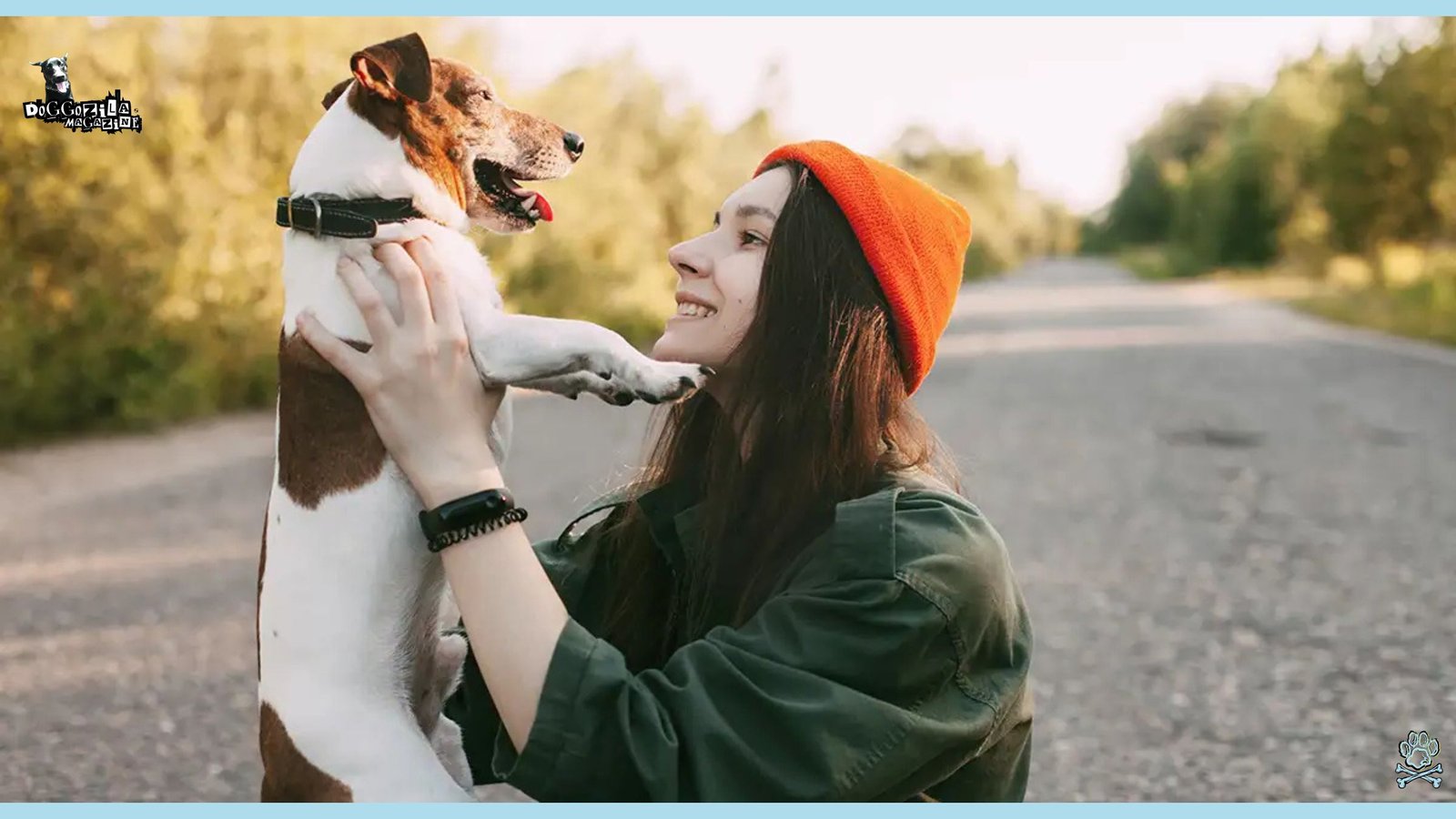
WHY PUZZLE FEEDERS FOR MENTAL WORKOUTS AND GUT HEALTH ARE IMPORTANT?
Introducing puzzle feeders transforms mealtime into a brain gym, challenging your dog to sniff out hidden morsels and extend feeding times. Longer feeding sessions reduce gulping and air ingestion, decreasing the risk of bloat while simultaneously engaging olfactory senses. When you prioritize mental workouts through feeders, you’ll notice calmer behavior, stronger digestive health, and a spirit that’s always eager for the next challenge.
In one canine cognition study at Kyoto University, dogs using puzzle feeders displayed more patience and fewer frustration signals than those eating from bowls. Choose feeders that allow adjustable difficulty levels so you can scale challenges as your dog masters each puzzle. Alternate puzzle types weekly to maintain novelty—try sliding compartments, rotating cylinders, or foraging mats to keep the mind laser-focused.
How to Use Scent Trails As An Outdoor Brain Game for Your Dogs?
Dogs’ noses are masterpieces of evolution, detecting the faintest aroma trails left by prey and playmates alike. Design backyard scent courses by dabbing treats on cotton swabs and hiding them along paths for your dog to track. Add complexity by intertwining trails or introducing multiple scent sources to test discrimination skills and perseverance.
In a study on scent discrimination, scent-trained dogs successfully identified individual odors with 95 percent accuracy, demonstrating the power of nasal cognition. Scent work not only tires the brain but also taps into ancestral instincts, creating a sense of fulfillment that even long walks can’t replicate. After a successful hunt, reward with a favorite toy or a splash of water play to reinforce positive associations and deepen your bond.
Why Interactive Tech Toys are Important For Modern Pups?
Automation meets play in gadgets like treat-launching robots, programmable laser pointers, and smart balls that respond to barks or nudges. These toys provide off-days stimulation when you’re at work, reducing separation anxiety and preventing destructive digging or chewing.
One pilot program at Stanford explored brain-engagement robots and found that dogs enriched by daily tech playtime exhibited 50 percent fewer pacing behaviors in kennels. Safety remains paramount—always supervise initial sessions and remove batteries or small parts to prevent accidental ingestion.
Mix tech-driven play with traditional fetch and tug-of-war to balance digital novelty with human interaction, ensuring your dog remains bonded to your presence. In the age of smart homes, these interactive toys bridge the gap between convenience and quality time, turning downtime into data-driven delight.
Embracing hydration strategies for a vibrant pup centers on more than just topping up the water bowl; it’s a comprehensive approach to fluid balance. Electrolyte blends, water-rich snacks, and creative infusion recipes can transform hydration from a chore into an adventure for your dog. Studies show that proper hydration supports kidney function, nutrient absorption, and temperature regulation during high-energy play.
How to Embrace Hydration Strategies For A Vibrant Pup?
Hydration isn’t just filling a bowl; it’s building a system that keeps your dog energized and balanced around the clock. From homemade electrolyte mixes to water–packed snacks, every sip and nibble plays its part in sustaining kidney health and nutrient transport.
When you scatter drinking stations throughout the house and yard, your dog treats each discovery like a mini–adventure rather than a chore. Proper fluid balance also regulates body temperature during wild romps or lazy sunbasks, preventing the meltdown of heat stress. By embedding hydration into playtime, mealtime, and rest, you weave water intake seamlessly into every tail–wagging moment.
🔑 Key Points: Structured walks, agility training, and adventure sports improve cardiovascular health, muscle tone, and mental sharpness while reducing stress.
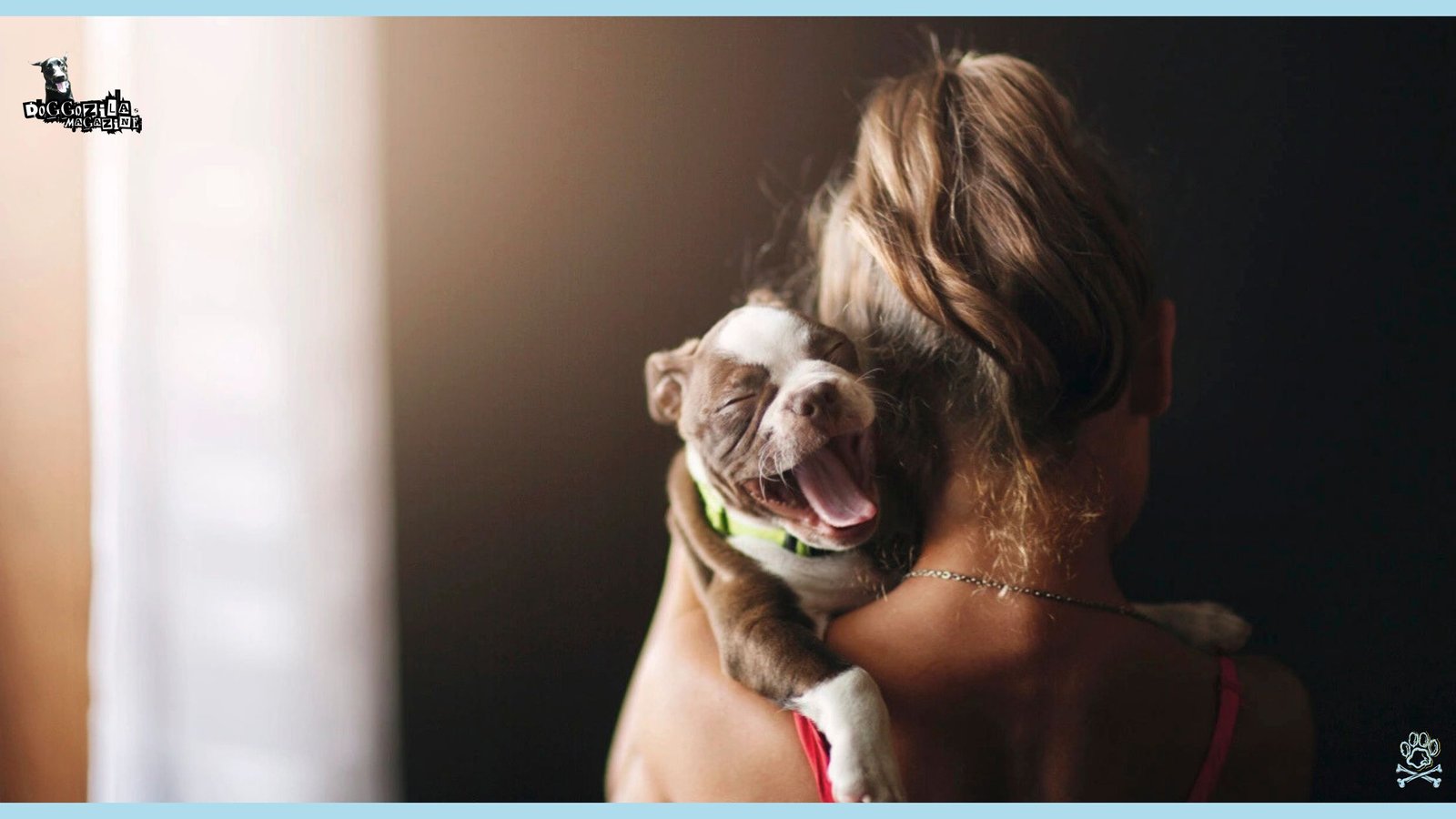
HOW TO PREPARE BALANCED ELECTROLYTE SOLUTIONS FOR ACTIVE DAYS
Craft your own canine sports drink by dissolving a pinch of high-quality sea salt, a drizzle of raw honey, and a splash of low-sodium chicken broth into fresh water. This simple concoction replenishes lost minerals like sodium and potassium after high-octane fetch sessions or agility drills. Sea salt supplies trace elements your dog’s body can’t manufacture, while honey offers just enough glucose to spark mitochondrial energy. Low-sodium broth adds flavor to encourage lapping, and the broth’s gelatin can soothe joints and digestive lining simultaneously.
Always cool the mix before serving and store leftovers in the fridge for up to 48 hours to preserve potency and prevent bacterial growth. Introduce the drink slowly—start with small amounts so your pup learns to slurp and doesn’t gulp too quickly. On scorching days or during travel, refill your pup’s bowl with this balanced brew to transform hydration into a rewarding ritual.
How to Infuse Water With Natural Flavors To Stimulate Interest?
If your dog turns up their nose at plain water, stir in a few frozen bits of blueberry or thin slices of cucumber for a garden-fresh twist. Citrus peels—lemon, orange, or grapefruit—can lend a mild zest, but use them sparingly to avoid stomach upset in sensitive pups.
Herbs like mint or basil, lightly crushed, add aromatic intrigue that sends sniffers into overdrive. Frozen ‘ice cake’ molds with bits of carrot, apple, and parsley create a playful obstacle course in the water bowl—your dog will paw, nose, and lap until every cube disappears.
This sensory banquet keeps hydration exciting and doubles as a low-impact dental stimulus, scraping away plaque as they chew. Piece by piece, you turn each drinking session into a sniff–and–slurp extravaganza that even the pickiest guzzler can’t ignore. Rotate flavors weekly to keep the novelty high and let your dog’s curiosity guide each new infusion experiment.
Why Use Moisture–Rich Foods And Treats To Complement Liquid Intake?
Watermelon, strawberries, and celery deliver up to 92 percent water by weight, making them superstar snacks on hot afternoons. Greek yogurt spoonfuls mixed with honeydew chunks double as both hydration and probiotic support for digestive health.
Broth–based gelatins—simply pour low-sodium broth into ice cube trays and freeze—provide a playful lick mat challenge that rewards persistence with a cooling slurp. Cooked oatmeal and cottage cheese, when thinned with extra water, supply a hydrating porridge that’s gentle on sensitive stomachs.
Remember to watch portion sizes so extra moisture doesn’t translate into unwanted calories; think of these foods as supplements to, not replacements for, drinking water. Observe how your dog interacts with each treat to tailor snacks that fulfill both fluid and flavor needs in one go. By strategically using water–dense foods, you ensure hydration stays fun and never feels like a forced task.
How to Craft A Lifelong Wellness Roadmap That Evolves With Every Wag And Whisker
Every stage of your dog’s life demands unique nutritional, exercise, and enrichment adjustments to maintain peak well-being.
- Puppyhood calls for building blocks—high–protein, calcium-rich meals paired with short-burst play to support rapid growth.
- Adult years benefit from balanced macros, regular stamina conditioning, and mental challenges that guard against boredom and weight creep.
- Senior seasons flourish with joint-support supplements, low-impact swims, and gentle enrichment games that honor aging bodies and minds.
By designing a dynamic plan that shifts with your dog’s changing needs, you forge a wellness path that lasts a lifetime.
🔑 Key Points: Superfoods (turmeric, mushrooms), herbs (echinacea), and probiotics fortify immunity, while stress-free spaces lower cortisol and improve digestion.
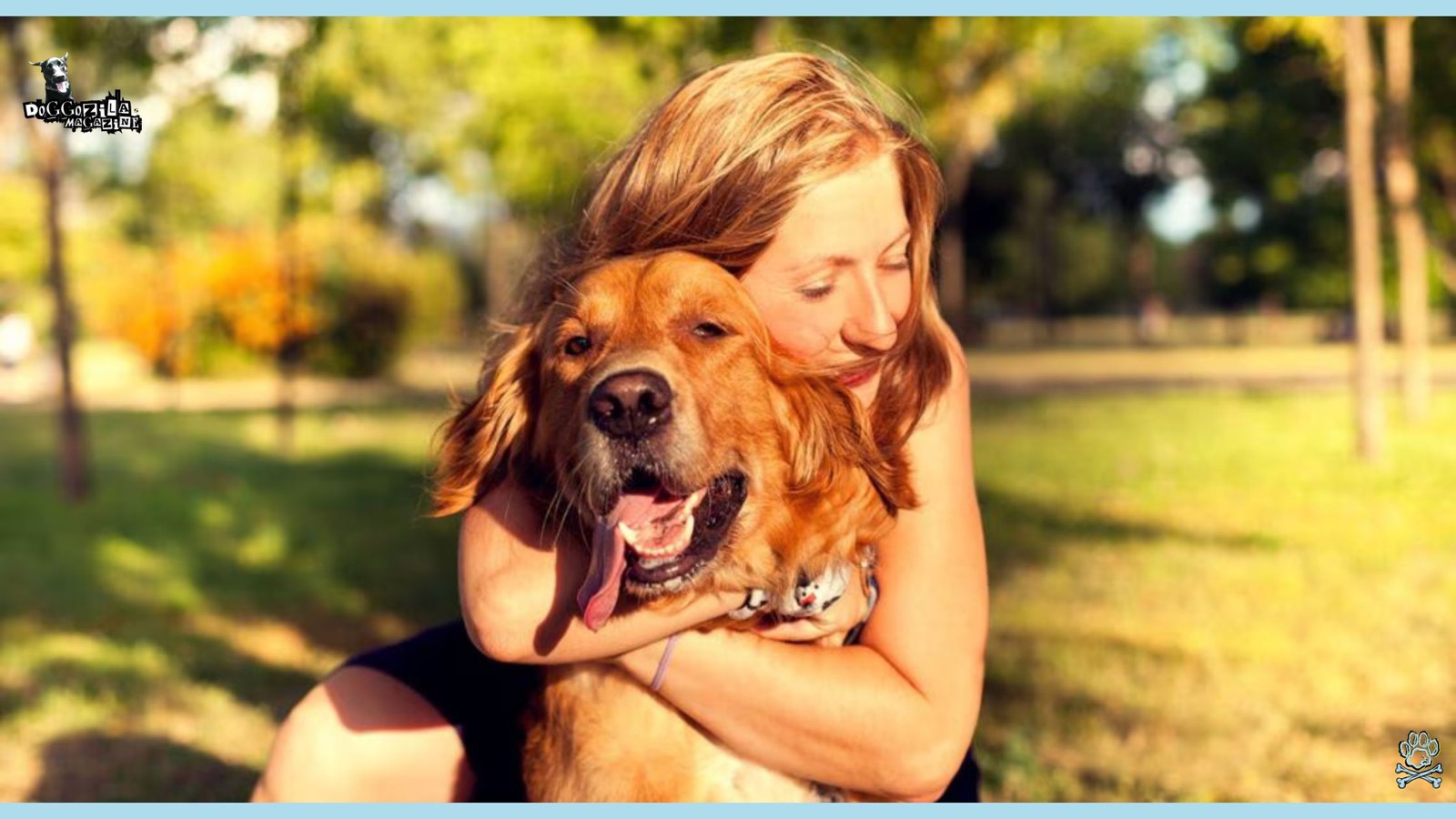
WHY ASSESSING LIFE STAGE NUTRITIONAL SHIFTS FOR SUSTAINED VITALITY IS REALLY IMPORTANT?
Track your dog’s weight, coat condition, and energy levels monthly to catch subtle signs that diet tweaks are needed. Puppies often need five small meals a day to fuel their nonstop exploration, while adults thrive on two balanced portions to prevent midday energy crashes. As metabolism slows in senior dogs, look for formulas enriched with L-carnitine and medium-chain triglycerides to maintain lean muscle mass without piling on fat. By fine-tuning meals to each life phase, you ensure your dog’s body remains well-stocked with the right building blocks at every age.
Glance at stool quality and odor—firm, low-odor deposits signal efficient digestion, whereas runny or foul stools hint at ingredient mismatches or intolerances. Periodically swap protein sources—beef to fish to duck—to ward off nutrient gaps and keep food allergies at bay. Consult breed-specific guidelines, since working breeds often demand higher calories and nutrients than couch-potato companions.
How to Partner With Professionals To Refine And Future-Proof Your Plan?
A veterinary nutritionist can craft bespoke meal plans, pinpointing precise vitamin and mineral ratios for your dog’s unique profile. Routine check-ups offer insight into evolving health markers—kidney function, thyroid levels, joint X-rays—that inform adjustments long before symptoms emerge.
Trainers and behaviorists help align exercise intensity with mental complexity, preventing overexertion or under-stimulation. Even holistic practitioners bring value, recommending safe herbal blends or acupuncture points to support your dog’s arsenal of health tools.
Working as a team ensures you’re never flying blind in your dog’s care; every decision is backed by data, diagnostics, and tailored expertise. Budget wisely for these consultations, viewing them as investments that save on vet bills and heartbreak down the road. Together, you and your expert allies build a plan that evolves as swiftly as your pup’s life chapters unfold.
How to Ride The Seasons With Dynamic Adjustments?
Adjust your exercise schedule too—dawn hikes in hot months, midday park puzzles when winter sun is strongest—to make the most of daily conditions. By scheming your dog’s lifestyle around the calendar, you harness the planet’s rhythms to sharpen health and happiness.
- Spring’s allergy season calls for extra antioxidants—berries, spinach, and turmeric—to quell histamine responses before they flare.
- Summer demands increased water breaks, cooling treats, and shade-rich play spots to prevent heatstroke and dehydration.
- Fall brings joint-support priorities as colder temps stiffen limbs; glucosamine, chondroitin, and mild massage routines keep motion fluid.
- Winter requires calorie boosts and insulation strategies—like snuggly dogcoats and indoor play—to maintain body temperature and muscle tone.
Seasonal produce swaps, from pumpkin in autumn to zucchini in summer, ensure phytonutrient diversity that matches Mother Nature’s cycles.
Veterinary Perspective on Natural Dog Health and Wellness
Our team at Doggozila Magazine asked our best veterinary professional that we collaborate with him on daily basis, to share his perspective on this topic, and we are sharing everything that he said, from his mind and mouth, directly to your eyes, exactly every word as he said:
The Final Trail Marker You Need To Note!
Creative hydration strategies (electrolyte mixes, moisture-rich foods) and tailored nutrition for puppies, adults, and seniors ensure lifelong vitality.
Revolutionizing your dog’s health isn’t about perfection – it’s about wild-inspired progress.
Start with one change: swap a processed treat for frozen blueberries, or turn your next walk into a scent expedition. Share your pack’s natural health victories below – every step toward ancestral vitality deserves celebration!
Pro Tip from Our Vet Expert: Track progress through coat quality, energy levels, and stool consistency. Small, consistent upgrades yield profound results.
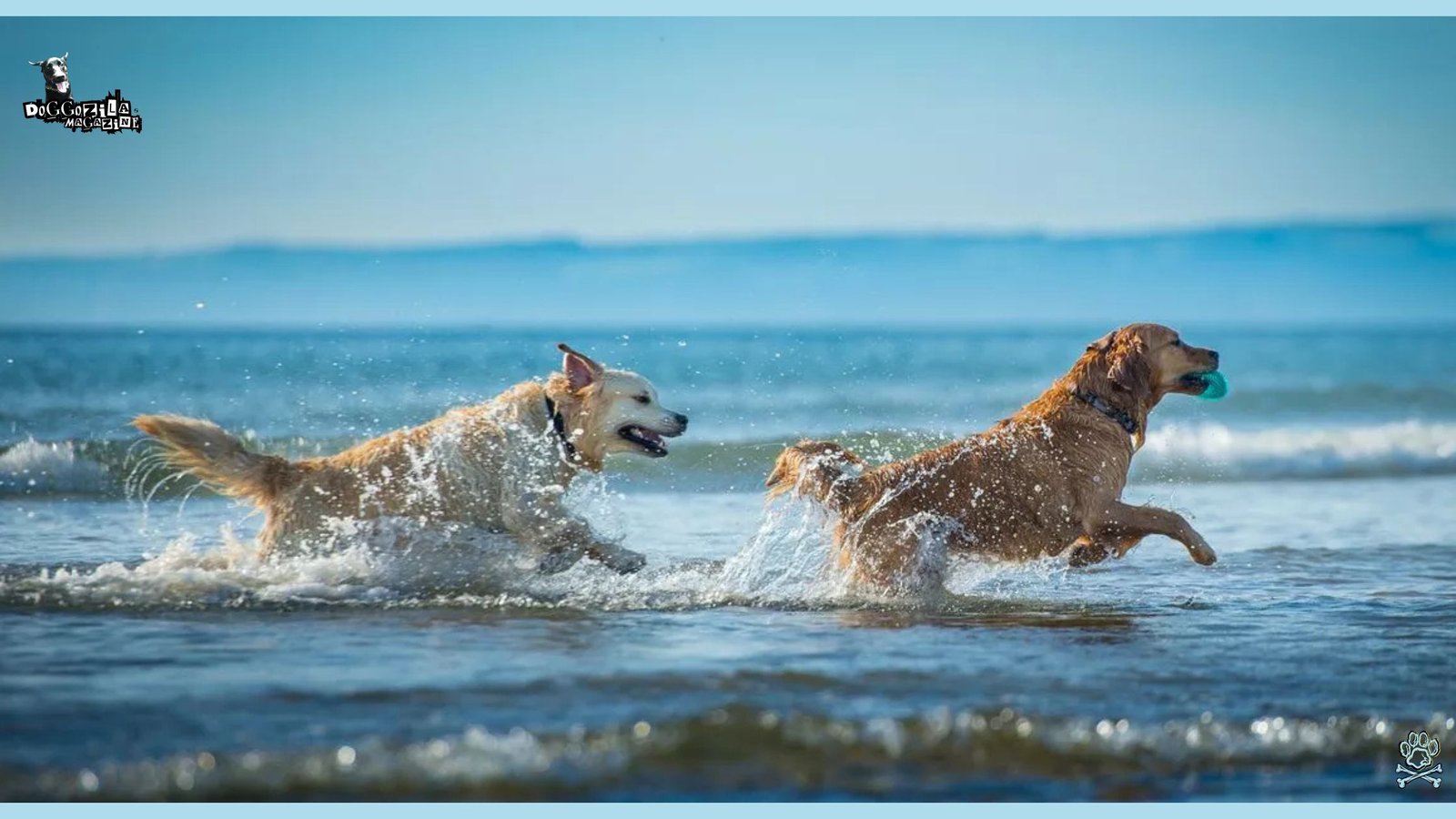
🐾

